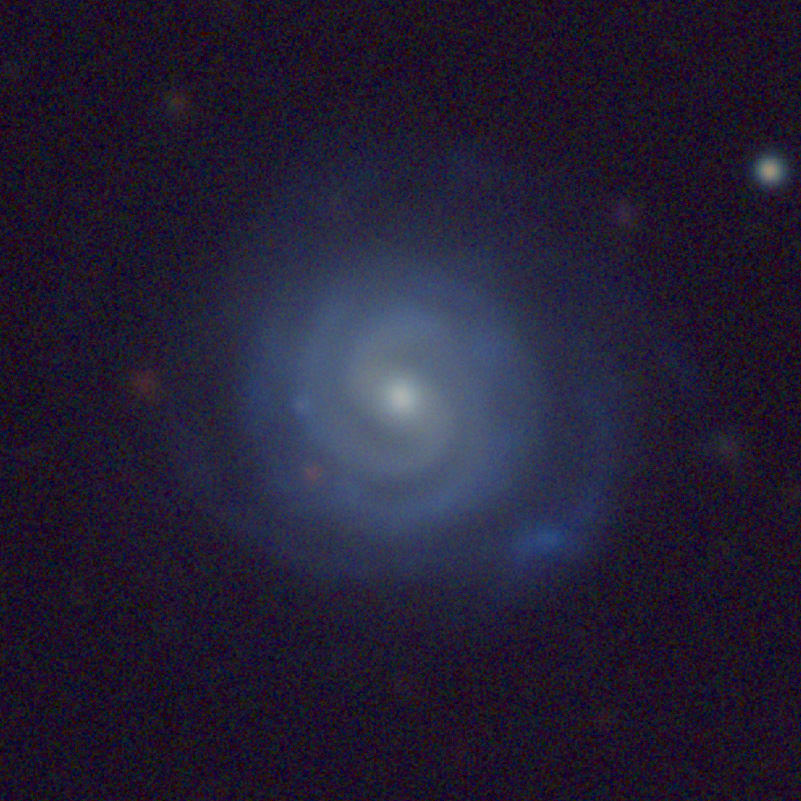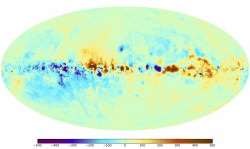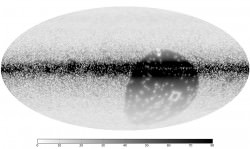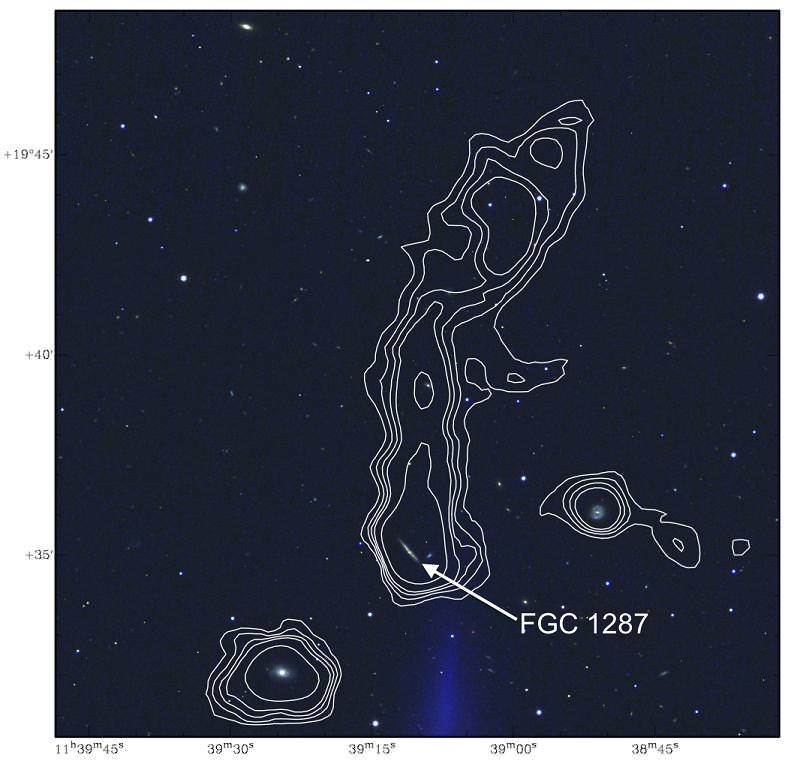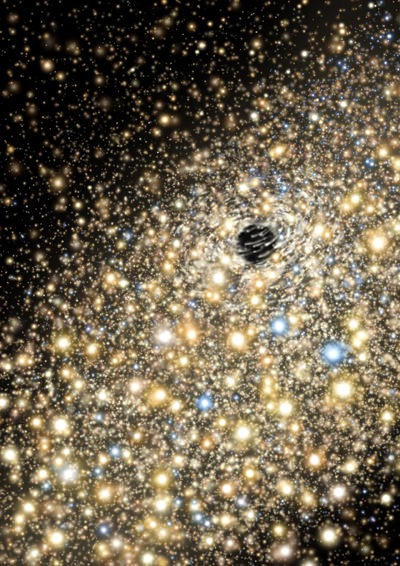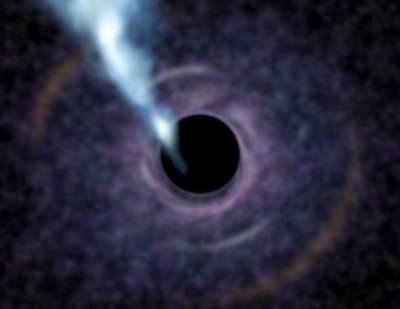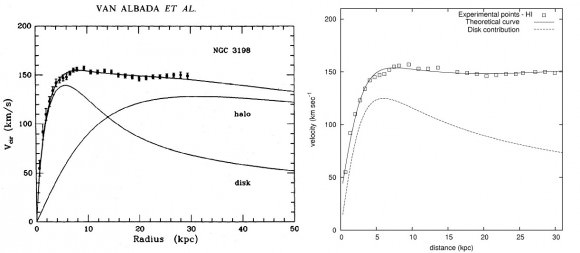[/caption]
What color would the Milky Way appear to alien civilizations looking at our galaxy through their telescopes? It turns out the Milky Way has approximately the right name – but for all the wrong reasons. “The true color of the Milky Way is as white as fine-grained new spring snow seen in early morning light,” said Dr. Jeffrey Newman, from the University of Pittsburgh, speaking at a press conference from the American Astronomical Society (AAS) Meeting.
Our ancestors gave our galaxy the name “Milky Way” because when they looked up and saw the band of the stars that stretches from one horizon to the other, it appears white to our human eyes. “But that’s only because our low-light vision isn’t sensitive to color,” said Newman. “There are portions of the Milky Way that are more yellow or red versus more blue, but our eyes can’t pick that up. But a sensitive instrument or photograph can.”
When we look at other galaxies, we can see them in their entirety, and can examine them for color and luminosity. Color and luminosity have been great tool for astronomy, helping us to understand stars and galaxies.
“Unfortunately we can’t get a complete picture of the Milky Way from outside, so we have had to resort to other methods,” said Newman. “Not only are we looking at Milky Way from the inside, but it’s even worse than that — our view is blocked by dust, both in clouds and diffuse dust. We can only see about 1,000 -2,000 light years in any direction, even though our galaxy is a 100,000 light years across.”
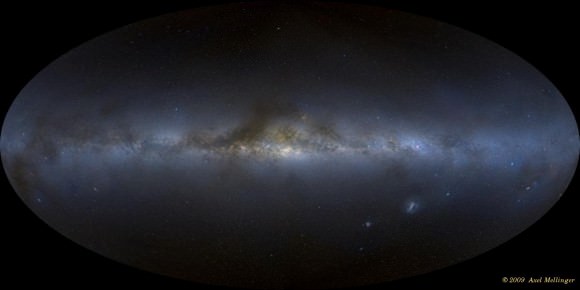
So if you ask, ‘what is the integrated color of the Milky Way,’ we can can’t tell from a picture like the one above, we can only tell what color the local neighborhood is.
“We have had to resort to different techniques, and rather than looking at the Milky Way directly, we look at other galaxies that should be like the Milky Way and we can determine what their color and luminosity are,” Newman said.
Newman, along with Timothy Licquia, a PhD student in physics at Pitt, used images from the Sloan Digital Sky Survey — which contains detailed properties of nearly a million galaxies — and looked for galaxies with similar properties to the Milky Way in regards to total mass and star formation rates. The Milky Way Galaxy should then fall on a plot somewhere within the range of colors of these matching objects.
While the composite color of the Milky Way is snowy-white, our galaxy appears more yellow towards the center and more blue out in the spiral arms.
Newman and Licquia determined the light color temperature of the Milky Way is 4,840 K, which closely matches the light from a standard light bulb with a color temperature of 4,700-5,000K. “It is well within the range our eye can perceive as white—roughly halfway between the light from old-style incandescent light bulbs and the standard spectrum of white on a television,” said Newman. “Our eyes treat both as white.”
The color of new snow is the whitest natural color on Earth. While milk has a more bluish color than snow, the association of our Milky Way to milk has proven to be very appropriate, given the Milky Way’s true color.
Newman even wrote a Haiku about the color:
Look at new spring snow
See the River of Heaven
An hour after dawn
The Milky Way’s color could be on either side of a standard dividing line between red and blue galaxies: relatively red galaxies rarely form new stars and blue galaxies have stars still being born. This adds to the evidence that although the Milky Way is still producing stars, it is “on its way out,” according to Newman. “A few billion years from now, our Galaxy will be a much more boring place, full of middle-aged stars slowly using up their fuel and dying off, but without any new ones to take their place. It will be less interesting for astronomers in other galaxies to look at, too: The Milky Way’s spiral arms will fade into obscurity when there are no more blue stars left.”
Source: Pitt, AAS press briefing

